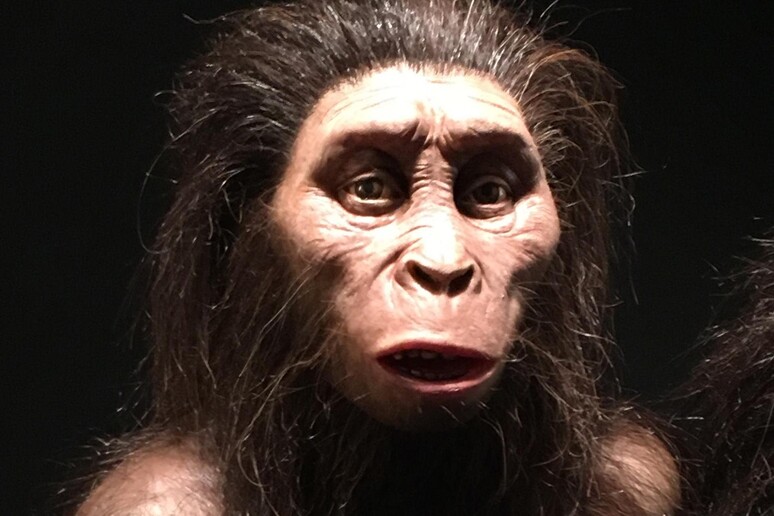A study published in the journal Science Advances takes us back in time to 2 million years ago to reveal how two prehistoric human species lived. They are Australopithecus sediba and Homo naledi whose evolutionary secret is demystified by their hands.
Using sophisticated 3D scans, researchers analyzed fossilized finger bones found in southern Africa. The result is fascinating: these ancient species not only used their hands to climb trees or move around their environment, but also to grasp and manipulate objects, a fundamental skill for building tools and, perhaps, getting closer and closer to being “human.”
“Complete fossil hands are a real rarity,” explains Erin Marie Williams-Hatala, a paleontologist at Chatham University in Pennsylvania, who did not participate in the study. “But these specimens allowed us to better understand how each finger was used and what forces acted on them.”
The discovery suggests that the evolution of the hand was not a simple jump from an “ape-like” form to a modern one. It was, rather, a transitional phase where primitive abilities and complex behaviors coexisted.
“They probably walked on two feet and used their hands to manipulate objects, but they also spent time climbing or hanging,” says Samar Syeda, a paleoanthropologist at the American Museum of Natural History and co-author of the study. Perhaps in trees, perhaps on cliffs: the environment was still a challenge to tackle with all four limbs, but they certainly didn’t just use them for locomotion, as had been thought until now.
After all, it is fascinating to think that what we take for granted today-grasping a pen, grabbing a cup to drink coffee or using a smartphone-is the result of millions of years of evolution, shaped bone by bone.












